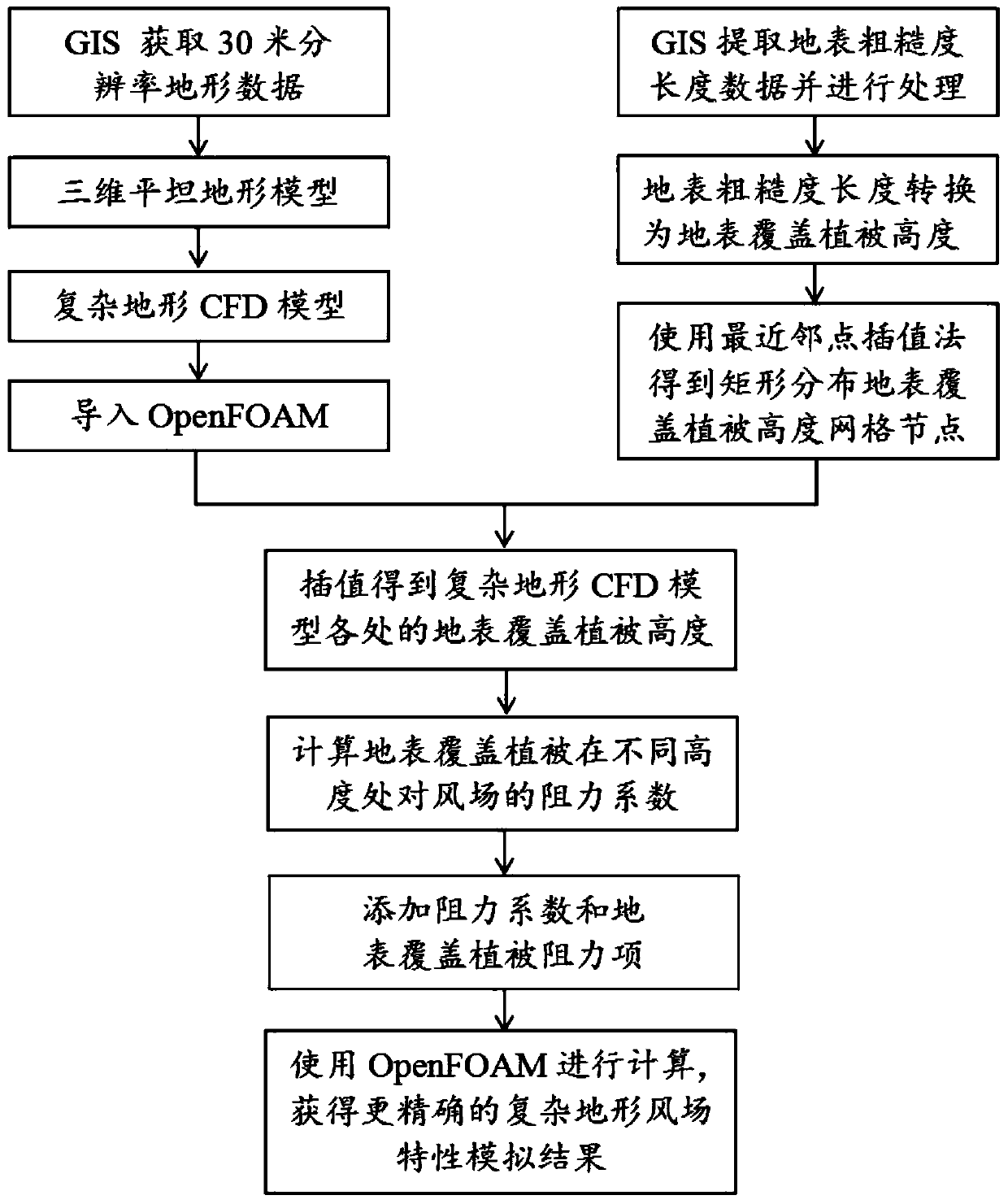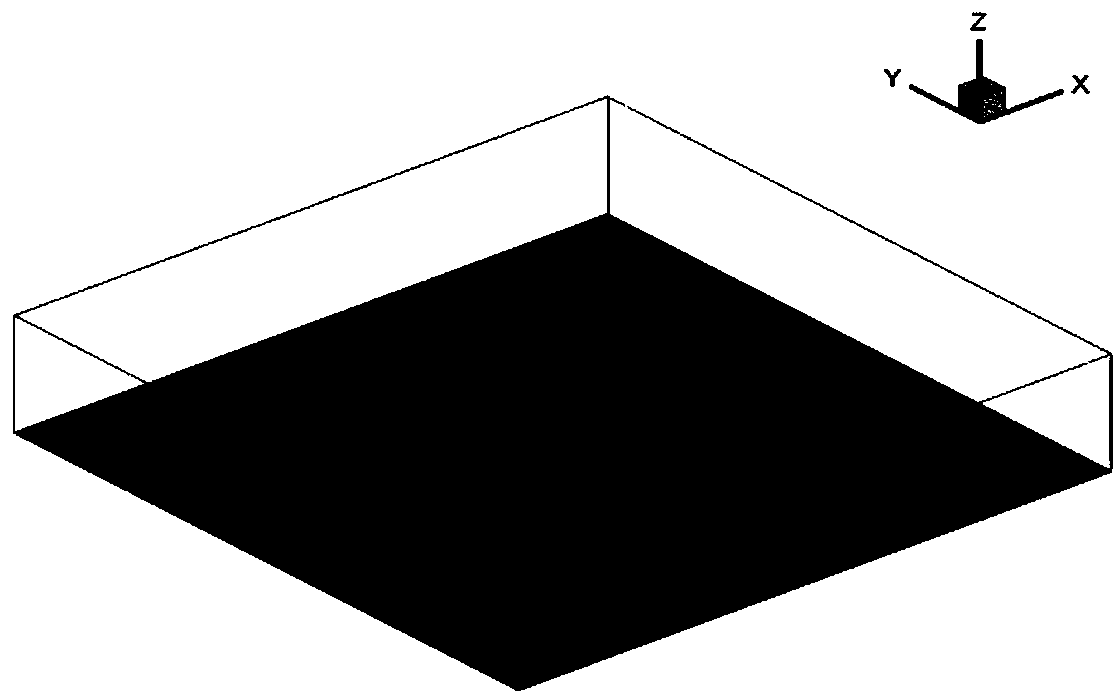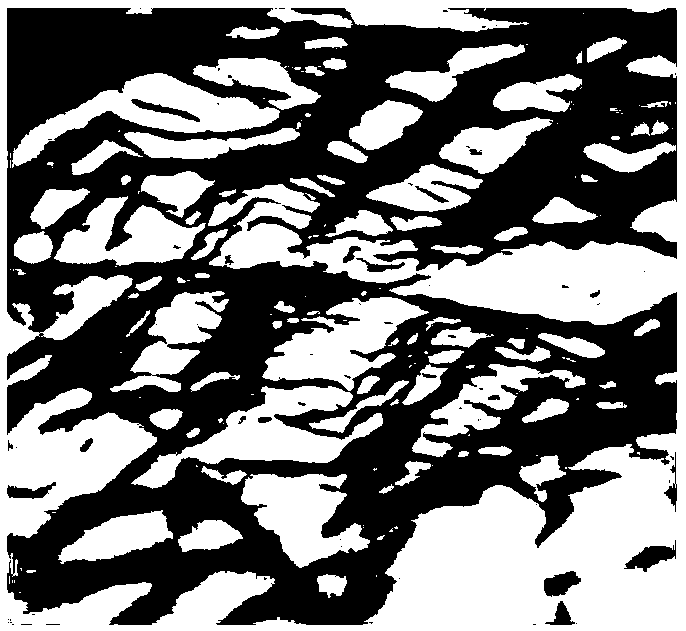OpenFOAM-based method for simulating complex terrain surface roughness
A technology of surface roughness and complex terrain, applied in the field of computational wind engineering, can solve the problems of non-disclosure of source programs, expensive purchase costs, and difficulty in meeting all user needs.
- Summary
- Abstract
- Description
- Claims
- Application Information
AI Technical Summary
Problems solved by technology
Method used
Image
Examples
Embodiment 1
[0049] The length, width and height of the three-dimensional flat terrain CFD model in Example 1 are 24km, 24km and 8km respectively, fine grids are used in the area of interest, and the grid size is 20m, and coarse grids are used away from the area of interest, and the minimum grid size of the bottom surface in the vertical direction is 1m, and the maximum growth rate of the grid in the calculation domain is 1.2;
[0050] 1.3) Realize the data conversion between the terrain data grid node in the computational domain and the 3D flat terrain CFD model grid node: according to the coordinates of each bottom grid data node in the 3D flat terrain CFD model, find its location in the terrain data grid The corresponding position in the node, and then use the elevation of the three terrain data grid nodes around the position to obtain the elevation of the bottom grid node through triangular coplanar linear interpolation. At the same time, in the 3D flat terrain CFD model, the vertic...
PUM
 Login to View More
Login to View More Abstract
Description
Claims
Application Information
 Login to View More
Login to View More - R&D
- Intellectual Property
- Life Sciences
- Materials
- Tech Scout
- Unparalleled Data Quality
- Higher Quality Content
- 60% Fewer Hallucinations
Browse by: Latest US Patents, China's latest patents, Technical Efficacy Thesaurus, Application Domain, Technology Topic, Popular Technical Reports.
© 2025 PatSnap. All rights reserved.Legal|Privacy policy|Modern Slavery Act Transparency Statement|Sitemap|About US| Contact US: help@patsnap.com



